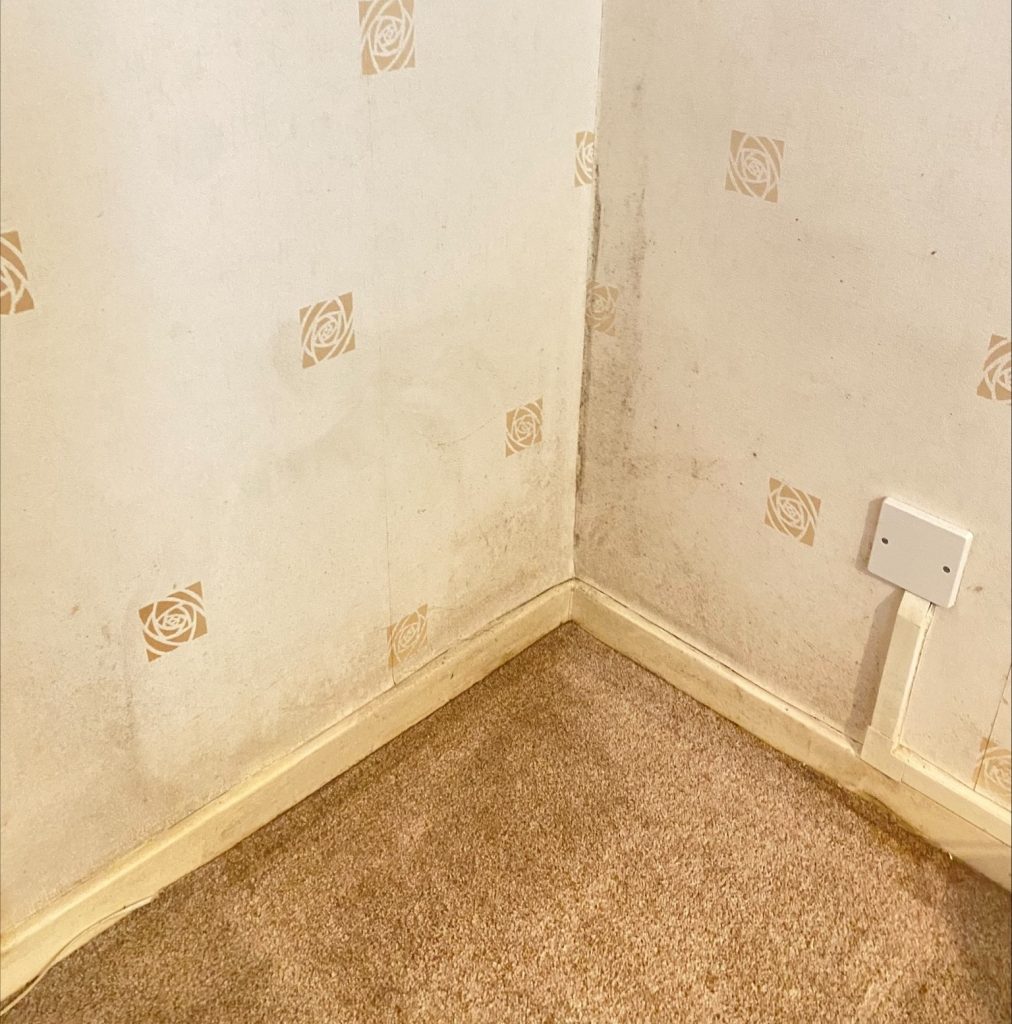Do you know what causes mould?
First of all, you need to understand the causes of mould in order to prevent it. Mould is. Excess moisture causes mould. It can be from your ventilation issue or the house structure problems like leaky pipes, cracking walls.
Build up condensation also causes mould. When the hot air contacts a cold surface, especially when the air is too moist, it causes condensation. Daily activities like showering, cooking or even drying, and ironing indoors can lead to condensation and mould.
Condensation is not hard to prevent in general.

Step to stop condensation
There are basic steps to stop condensation which you can easily do.
- Open windows or put on the extraction fan when you’re showering or bathing
- When showering or bathing, open the windows after you finish. You can set up an extraction fan as well if you can to get the room ventilated.
- Using an extraction hood when cooking. Put lids on pans if you can.
- Ventilate your home often, open windows to let air flow into the house.
There is less likely the black mould growing if you can reduce moisture in your house by improving ventilation. For extra, you can use anti-condensation paint which you can get from your local DYI shop. Ask the shopkeeper which is the best for your home as you are not the only one having the issue.
Treat the damp wall and paint
You need to find the source of the damp first before you can treat it. Fix what is causing mould. If it is condensation, follow our suggestion above. And then you can treat your walls.
Treating a damp wall is fairly simple and can follow some steps:
- Clean and remove mould from the walls using detergent
- Let the wall dry before treating it.
- If there are damp patches, try using the damp seal for better results.
- Using anti-mould paint when the seal is dry to prevent the damp growing back after treatment.
Clean and remove mould using detergent
You should only remove mould if it’s caused by condensation and covers an area smaller than one metre squared. If the mould is caused by sewage or contaminated water, call in a professional.
First thing to consider is if the mould is small enough so you can treat it yourselves. If the mould is bigger than metre squared, or caused by sewage, you need a professional’s help.
Now you decided to take the matter into your own hands, open windows for ventilating but keep doors closed so spores won’t spread. Prepare equipment such as rubber gloves, mask and wearing goggles for protection.
Following below steps to remove mould on the walls
- Using detergent like washing up liquid, mix with water in a bucket. Or you can buy dedicated liquid from shops for mould treatment.
- Wipe the mould off the wall but not brush it because it can spread mould spores. Remember to wipe using cloth with detergent liquid.
- Using the dry rag to remove all the moisture on the walls.
- Clean up the room to remove spores using vacuum and throw away cloth.
If your walls have wallpapers, the treatment is the same but please don’t use too much water.
Paint over mould
After mould treatment, you can paint using anti-mould paint to complete the job. If you paint a kitchen or bathroom, it is a good idea to use the paint with mould resistance to provide another layer of protection. You can paint over damp stains if the damp is already dried and the wall is already treated. The painting process is similar to any painting process. Now you remove the mould, the next step is to prevent it from coming back. Reduce the condensation as we discussed about, especially with ventilation and opening windows

